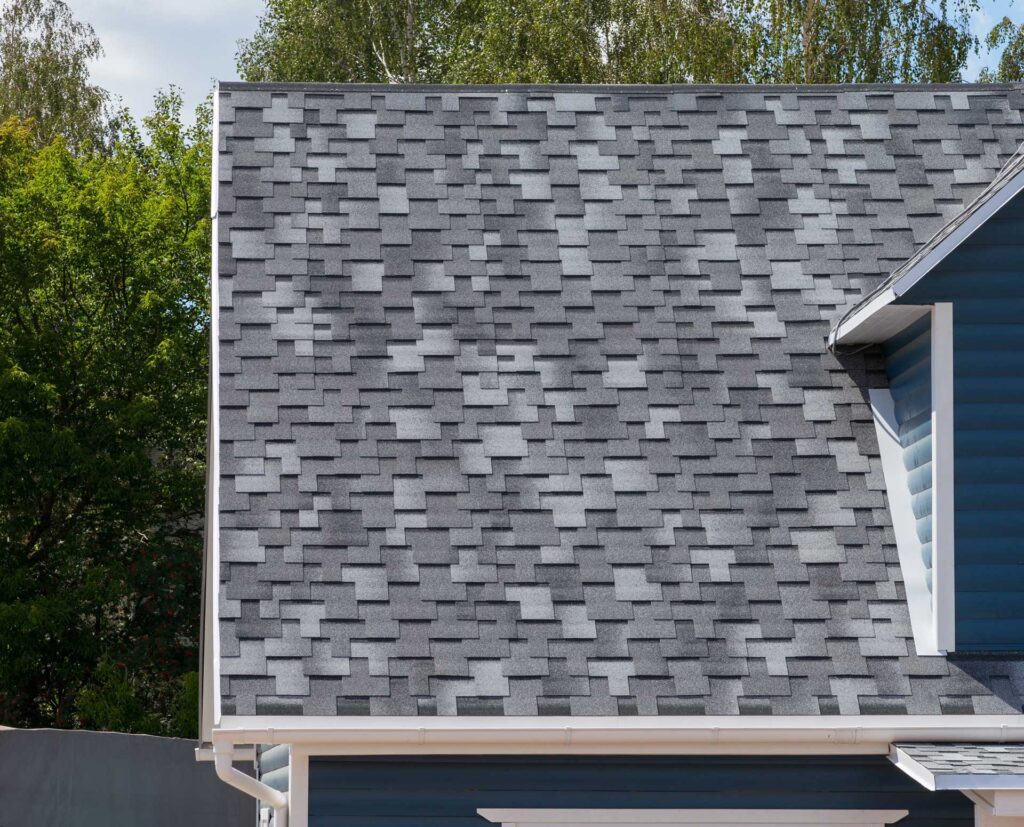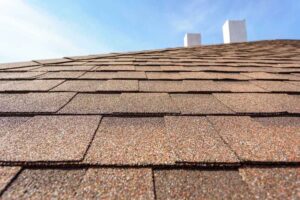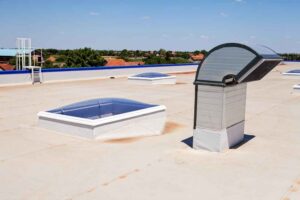In the United States, it costs an average of $6,800 to replace a roof. That makes roof installation one of the costliest projects during home building or renovation.
Of course, when you’re spending thousands of dollars on a roof, you want to make sure that you get the best value for your money. As you’re going to find out once you start shopping for a new roof, there are countless roof options to choose from.
The type of roof you settle on depends on a variety of factors, including your personal preferences and budget. In this post, we outline eight top tips to help you choose the ideal roof type for your needs.
Read on to learn more.

1. Research the Different Roof Materials Available
Research is undoubtedly the most vital part of any shopping process. Homeowners who leap into roof shopping blindly often end up spending more money than they intended to. Worse, they may end with a product that lets them down.
There are a plethora of roofing materials in the market today. Some materials such as slate, copper, and wood shakes have been around for centuries. Newer materials have joined them over time, including asphalt-fiberglass, which is a perennial favorite of most Americans.
Other popular roofing materials in the market today include clay and concrete tiles, aluminum, steel, iron, plastic, and fiber cement. Each roofing material has its pros and cons. Research these benefits and drawbacks and decide which material works best for you.
2. Think About Appearance
Because of its size, your home’s roof is one of the most visible parts of your home, especially if it is pitched. The appearance of your roof thus plays a great role in the overall curb appeal of your home.
Generally, you want a roof that enhances the visual appeal of your home. Make sure that the type, color, and texture of the roof complement your home’s exterior finish and design.
Always remain true to your house’s architectural style. You don’t want to use wood shingles on a Spanish-style home or install a metal roof on a 50’s ranch house. Try your best to stick to the design vernacular of the home.
That said, you can still switch from the original material and use newer products that mimic the appearance of original roofs. For instance, you can find a cement shingle roof that mimics the appearance of slate or wood. There are metal roofs that look like clay tile.
3. Consider Roof Durability
How long do you intend to live in the house you are roofing?
If you see your family living on the house for decades, you want to invest in a durable roof. Don’t invest in a low-cost roof only to end needing to replace it after a decade or so.
Roof replacement can be a costly, disruptive project, and you want to delay it as much as you can. That’s why it makes sense to spend more on top-quality roofing materials that have long life spans.
Check the warranty before buying the roof. Pay particular attention to the details stipulated in the warranty, especially anything that could void it.
4. Check the Fire Ratings
Most roofing materials and the sheathing beneath them are rated for fire resistance. Typically, rating runs from classes A to C.
Roofing materials in class A are the most fire-resistant and will do well against severe exposure to fire. Class B roofing materials will perform well under moderate exposure to fire. Class C roofing materials, on the other hand, can only handle minor exposure to fire.
Some roofing materials are unrated. These perform poorly against fire exposure and should never be used in areas where fires are an environmental hazard.
5. Think of Roof Installation Issues
Different roof materials have different installation requirements. Heavy roofing materials such as concrete tile and slate require a special roof structure that can handle their weight.
If you’re not sure that the roofing structure can sustain the weights of both the roofing material and the substructure, consider beefing up the roof framing first. Lightweight roofing materials such as aluminum iron sheets are much easier to load onto the roof and work with during installation. Other lightweight roofing materials can even be installed directly over an existing roof.
6. Determine Maintenance Requirements
Regardless of the type of roof you choose, you’ll need to invest in preventative roof maintenance for it to serve you well for a long time. However, different roofing types have different maintenance requirements, and you need to establish these requirements when deciding on a roof.
Generally, traditional slate and clay tiles are high maintenance. These materials also tend to be more fragile compared to most other roofing materials and can break when you step on them during cleaning.
Asphalt shingles, metal roofs, and roofing material made from synthetic materials are considerably easy to maintain. For busy homeowners, these roof types are ideal.
7. Consider the Cost
The cost of installing a new roof can vary significantly depending on the type of material you’re using and where you live. Generally, asphalt shingle is the most affordable roofing material.
Other materials like copper can be quite expensive. Think about your budget before investing in a particular
8. Consult a Reputable Roofing Contractor
A licensed roofing contractor is the most valuable partner you can have during a roofing project. Roofing contractors have the expertise and experience to help you choose the right roof type for you and ensure that the installation is done professionally. Take the time to find a contractor you can trust to carry out the roof installation project successfully.
The Right Type of Roof Can Make All the Difference
Whether you are installing a new roof from scratch or replacing an existing one, there are lots of options available in the market for you. Consider such factors as the roofing material’s type, longevity, appearance, fire resistance, and cost as you narrow down your options. A seasoned roofing contractor can also prove helpful in helping you decide the ideal type of roof for you.
Are you interested in reliable roofing solutions? Please contact us today.
Permits
As we mentioned above, no two roofing projects are identical. Depending on your home, you may need additional permitting for your roof replacement, which can add to the cost.
For example, we’re not all that far from the Gulf Coast. Homes near the coast may need additional permitting for hurricane protection, which adds to the price of the roof replacement.
Extra Details
Oftentimes, homeowners will use a roof replacement as an opportunity to replace their gutters or exterior fascia as well.
It’s great to get all of this done at once, but it will add to the final cost of your project, so keep that in mind.
Warranties
Once you get your new roof, you want it to be protected. This is where warranties come into play. While some warranties come standard, there are sometimes options that offer more protection for a small additional fee.
Weight the pros and cons of warranties before deciding which to choose.
Get a Free Roof Replacement Estimate Today
Now that you know the answer to the question, “How much does a roof replacement cost?” you have the knowledge you need to get started on your project.
Here at Fitz Roofing, we’d be happy to give you a free, no-obligation estimate on your project to help you make the best decision for your home.




